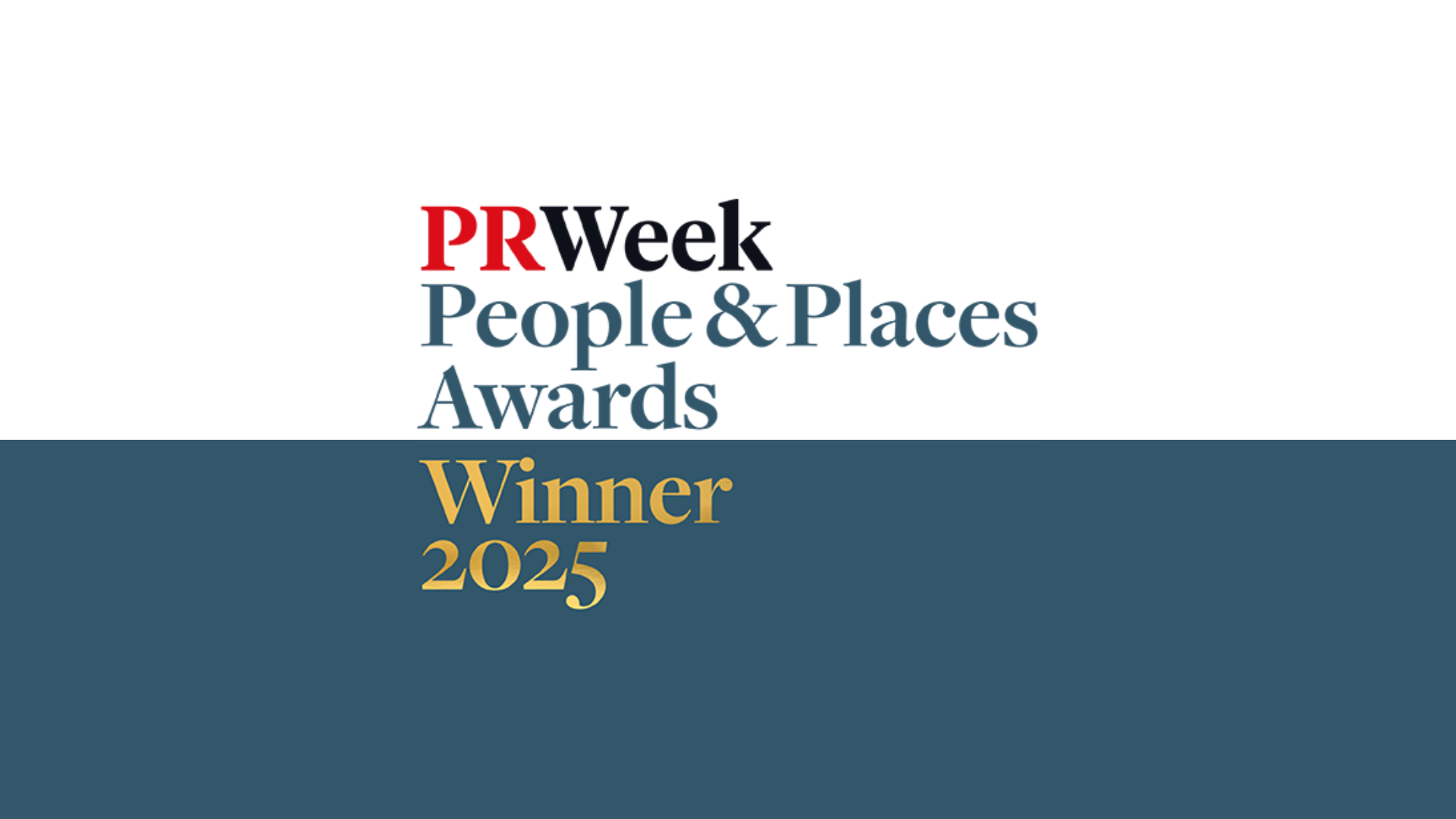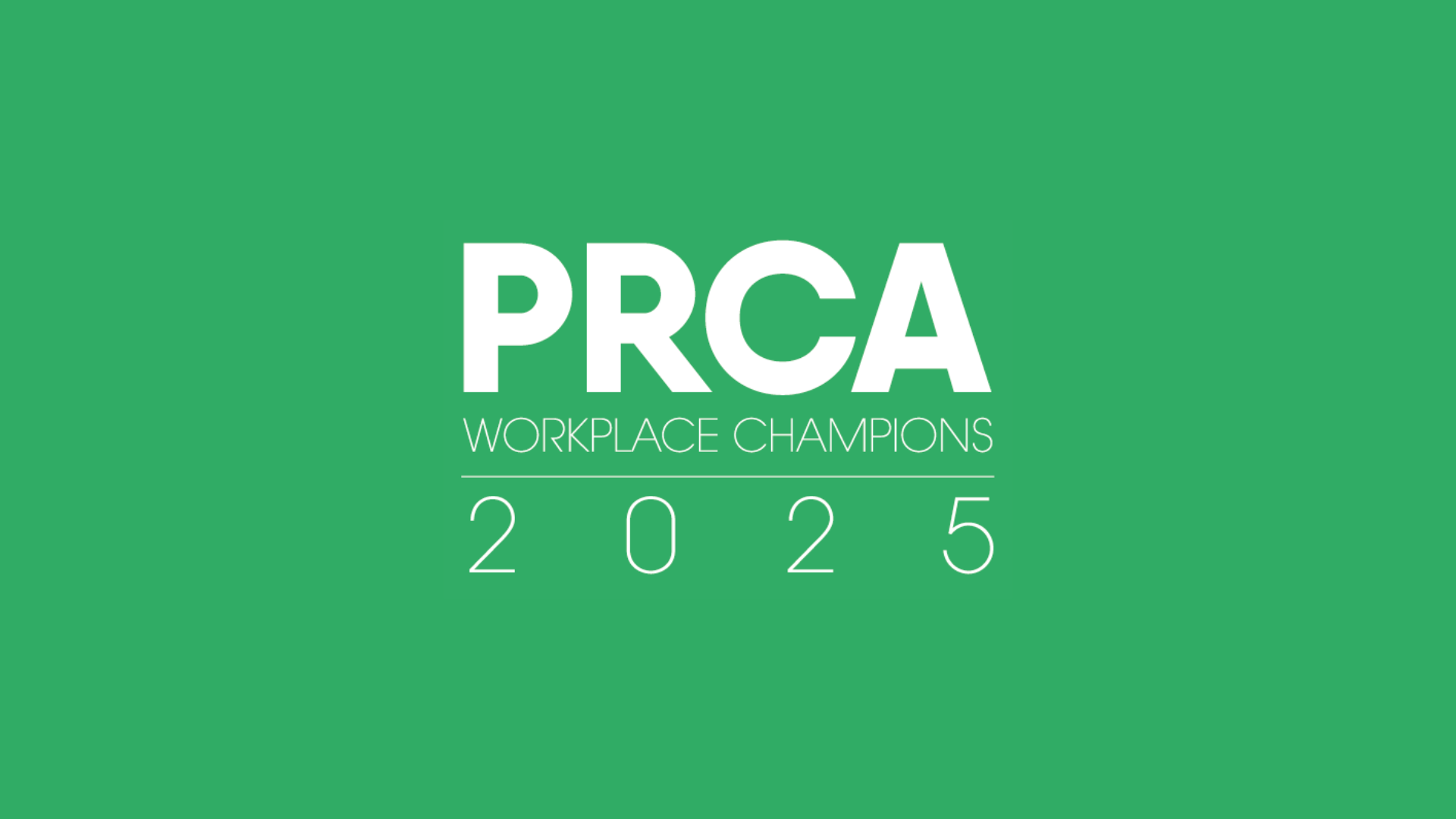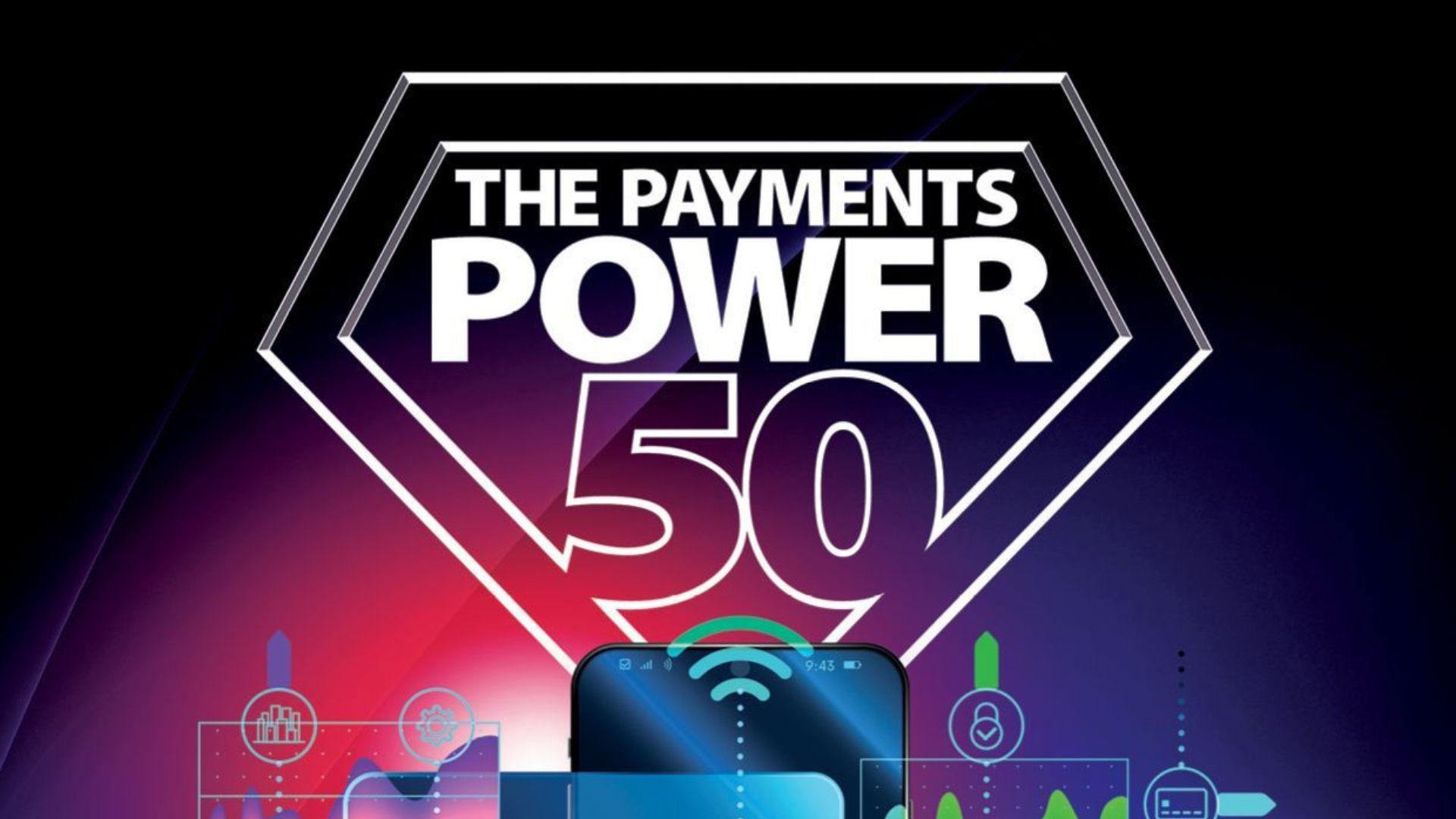‘Banking-as-a-Service’ ( BaaS) has been on an interesting journey since the term started gaining traction in the early 2010’s. Having solidified its place within financial technology towards the end of the decade, it has endured the trials and tribulations that characterise many new innovations as it reconfigures the way we do finance.
So, where does BaaS sit on the Gartner Hype Cycle today?
Innovation Trigger
Driven by the rapid growth of fintech and the increasing demand for digital banking solutions, BaaS first arrived more than a decade ago. It appeared in tandem with the rise of APIs (Application Programming Interfaces), which encouraged startups and tech giants to explore the possibilities of embedding financial services directly into their platforms.
Companies like PayPal and Square showcased the potential of BaaS by offering bank-like services. Soon, non-financial companies followed suit. The excitement was palpable: never before had non-banking brands been able to offer financial services directly to their customers.
The Peak of Inflated Expectations
The EU’s PSD2 regulation was a game changer, opening up the banking sector to greater competition post-2018. It was the catalyst for BaaS, encouraging greater collaboration and information-sharing within and beyond the financial sector.
As BaaS gained momentum, it quickly ascended to the ‘Peak of Inflated Expectations’. Media headlines were awash with lofty promises that soon, every company could be a bank. From fintech and ecommerce, to travel and hospitality, BaaS would revolutionise the customer experience across whole industries, with innovations like in-app BNPL exploding in popularity.
As with any technology that reaches this height, these bold promises began to outpace the reality of what BaaS could realistically deliver in the short term.
The Trough of Disillusionment
BaaS has achieved significant and remarkable milestones. People today are consuming financial products from their favourite brands, (for the most part) blissfully unaware of the complicated web of financial infrastructure that empowers these companies to deliver payments, insurance, loans and other solutions that are seamlessly embedded into the customer experience.
But has the excitement finally worn off?
BaaS has arguably planted its feet firmly in the ‘Trough of Disillusionment’, with the media narrative having noticeably shifted too. The recent collapse of Synapse amongst other regulatory issues has cast a shadow over its potential, while the vision of every company becoming a ‘bank’ has been put into question too. The reality is that not every company is well-suited to offer financial services, and the challenges of scaling these services effectively can no longer be ignored.
The road to the Plateau of Productivity
Despite current challenges, BaaS is beginning to climb the ‘Slope of Enlightenment’. The technology is maturing, and there are more realistic expectations as we see real-world examples of BaaS in action. Lessons have been learned, and companies that have successfully navigated the initial hype and disillusionment are now refining their BaaS offerings, focussing on regulatory compliance, robust security measures and customer trust.
BaaS’ journey through the Gartner Hype Cycle is far from over, and the future remains bright for those who can deliver on its early promises.
Learn more about how CCGroup can help achieve your Fintech PR & marketing needs here















